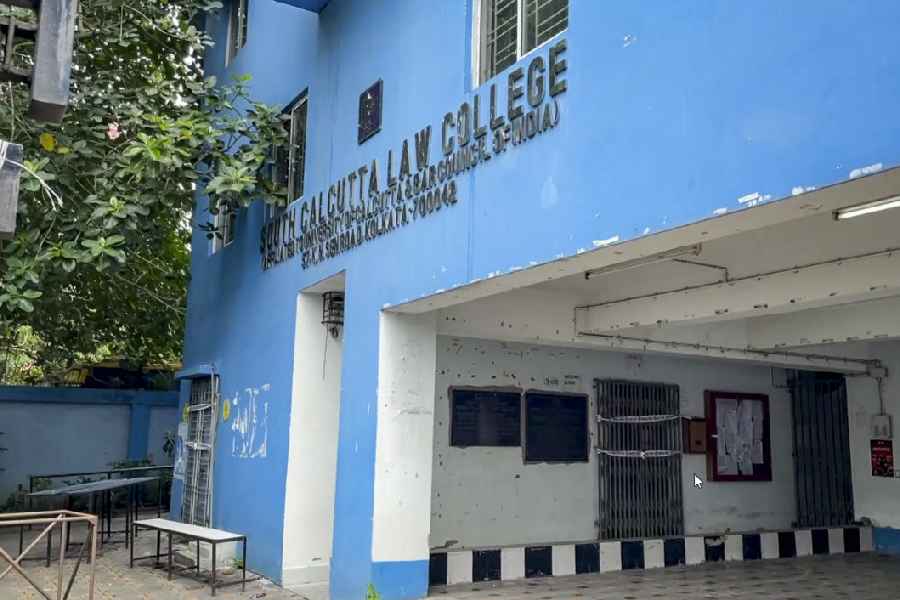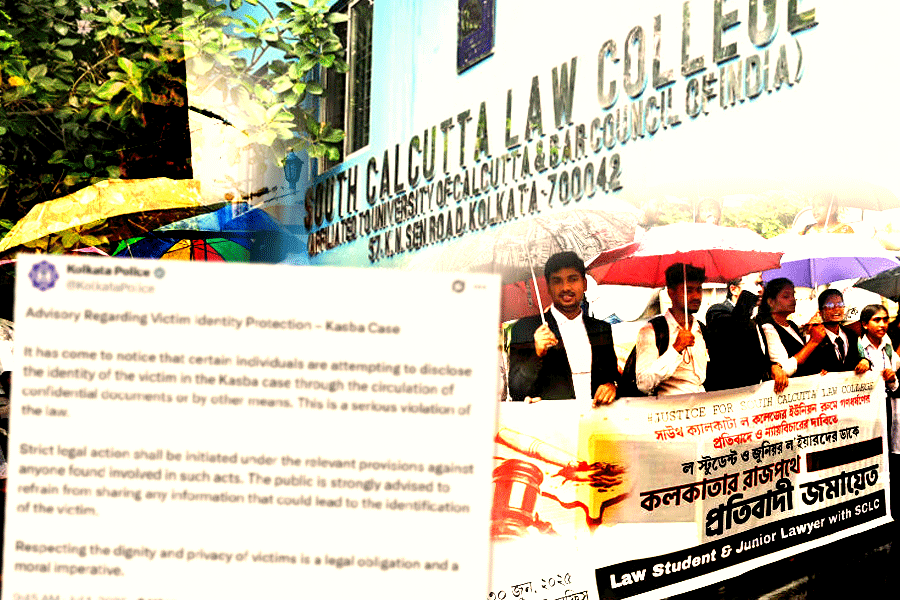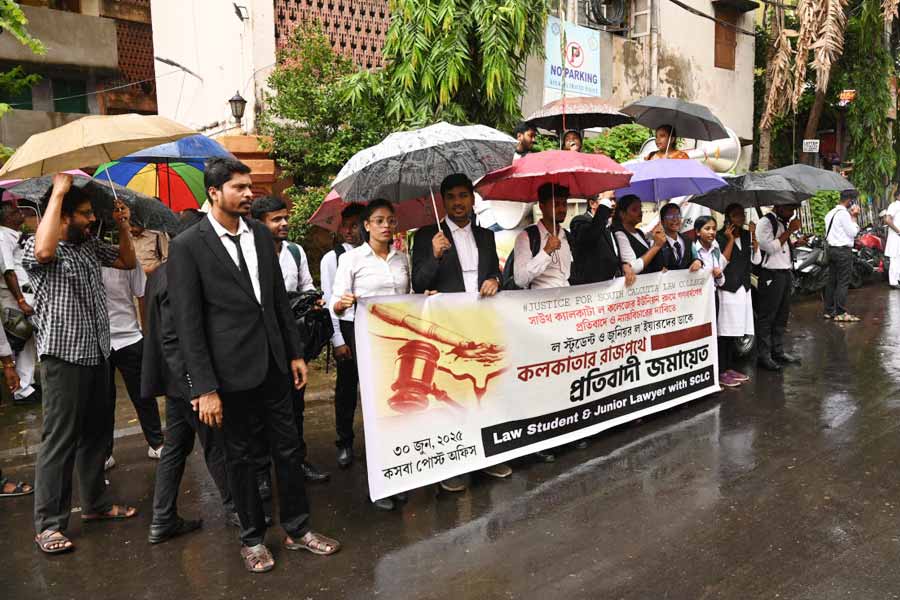
Jamshedpur: Prolific growth of algae has made East Singhbhum's lifeline river sick once more.
Languid lengths of Subernarekha in Sakchi, Mango and Bhuiyandih are being stagnated by the green devil, with conservationists attributing this unabated algal bloom to unbridled river pollution by both individuals and industries.
Domestic wastes and industrial effluents are triggering faster depletion of the dissolved oxygen level, leaving aquatic life at stake, they say.
Officials at the regional office of Jharkhand State Pollution Control Board (JSPCB) in Adityapur conceded that algae had stagnated the flow of the river.
"Every year, during this time of the season, algae forms on the surface of Subernarekha. Pollution is one of the reasons. The only way to get rid of the blanketing bloom is to release water from the dam so that they get washed away. Else, we will have to wait for heavy monsoon rain," said Suresh Paswan, regional officer of JSPCB.
Sources in Adityapur industrial area said there were 300-350 small- and medium-scale units that drained industrial effluents into Kharkai river, which meets Subernarekha at Domuhani.
A survey conducted by the regional JSPCB office in January indicated that the dissolved oxygen level in the river had dropped to around 4.5ppm (parts per million) on the affected stretches. A water analyst said the permissible limit was 4ppm. "If the DO level plunges below that, aquatic life is in danger," he warned.
Environmentalist K.K. Sharma explained that algae blocked sunlight from penetrating into the depths of water, hindering natural photosynthesis in aquatic plants and depleting the river of oxygen.
R.S. Tigga, chief engineer of state water resources department who looks after Chandil Dam, said releasing water was difficult at this juncture. "We need to preserve water for the imminent summer, which predictions say will be severe," he said, adding that checking the flow of effluents from Adityapur industrial area would be wiser.
Adityapur Small Industries Association president Inder Agarwal claimed discharge of waste was no longer a key cause behind Subernarekha's ill health because a common effluent treatment plant, a part of Adityapur auto cluster project, had become operational last year.
"The common treatment plant has checked discharge of effluents to a large extent. However, there may be some industries that continue to pollute the river. It is the responsibility of the pollution control board to take them to task," Agarwal said.











